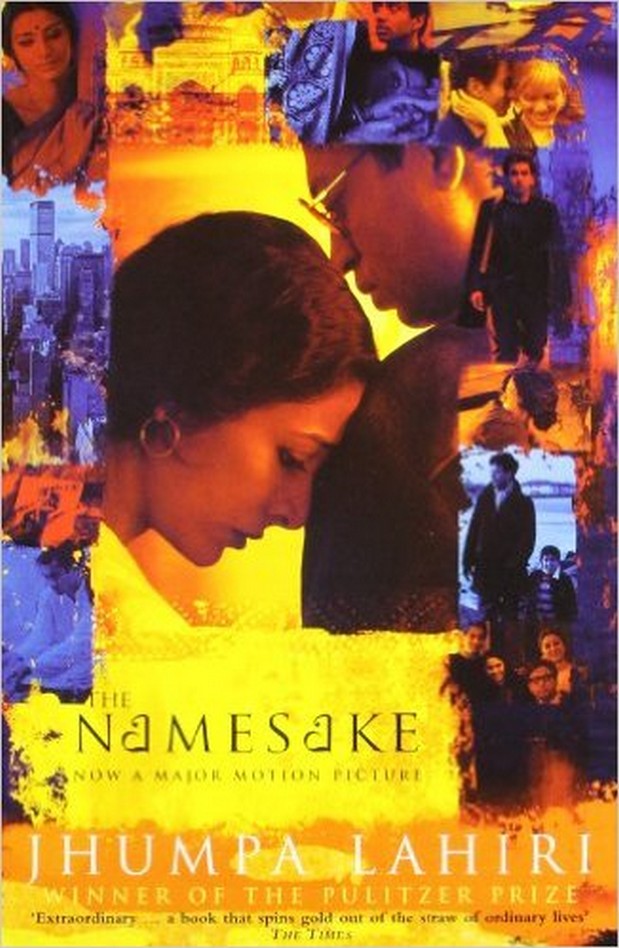

The two most powerful stories were the first and last in the book. Sen’s,” explores the difficulty a 30-year-old Indian woman encounters with the transition to life in America through the eyes of the young American boy whom she babysits in the afternoons, using her problems learning to drive as a synecdoche for the larger issue of cultural transitions. His wife and daughters are in Bangladesh, and after the conflict breaks out, he loses contact with them. whose family becomes close to a Bangladeshi man studying in the United States.

When she wants to tell the story of the effects of the Bangladeshi war of independence, she does so from the perspective of a young Indian girl in the U.S. Her stories are slices of life, sliced almost arbitrarily rather than crafted around endpoints that force the flow of the story from A to B. What makes Lahiri’s take different, at least to me, was her very specific focus: She eschews the Big Event, the Sudden Plot Twist, and the Grand Statement. The overarching theme – a popular one among literary critics now – is the cultural conflict faced by immigrants from the developing world to the United States. I’ve written before that I’ve had mixed success with the Pulitzer winners, although if we extend it to the award’s predecessor, the Pulitzer Prize for the Novel, I’d say I’ve liked nine of the thirteen winners I’ve read. The book, Lahiri’s debut, won the Pulitzer Prize for Fiction in 2000. I am fighting my way through Pale Fire, which has been very disappointing (great concept, sluggish execution), which has kept me from sitting down to review Jhumpa Lahiri’s wonderful short story collection, Interpreter of Maladies.


 0 kommentar(er)
0 kommentar(er)
